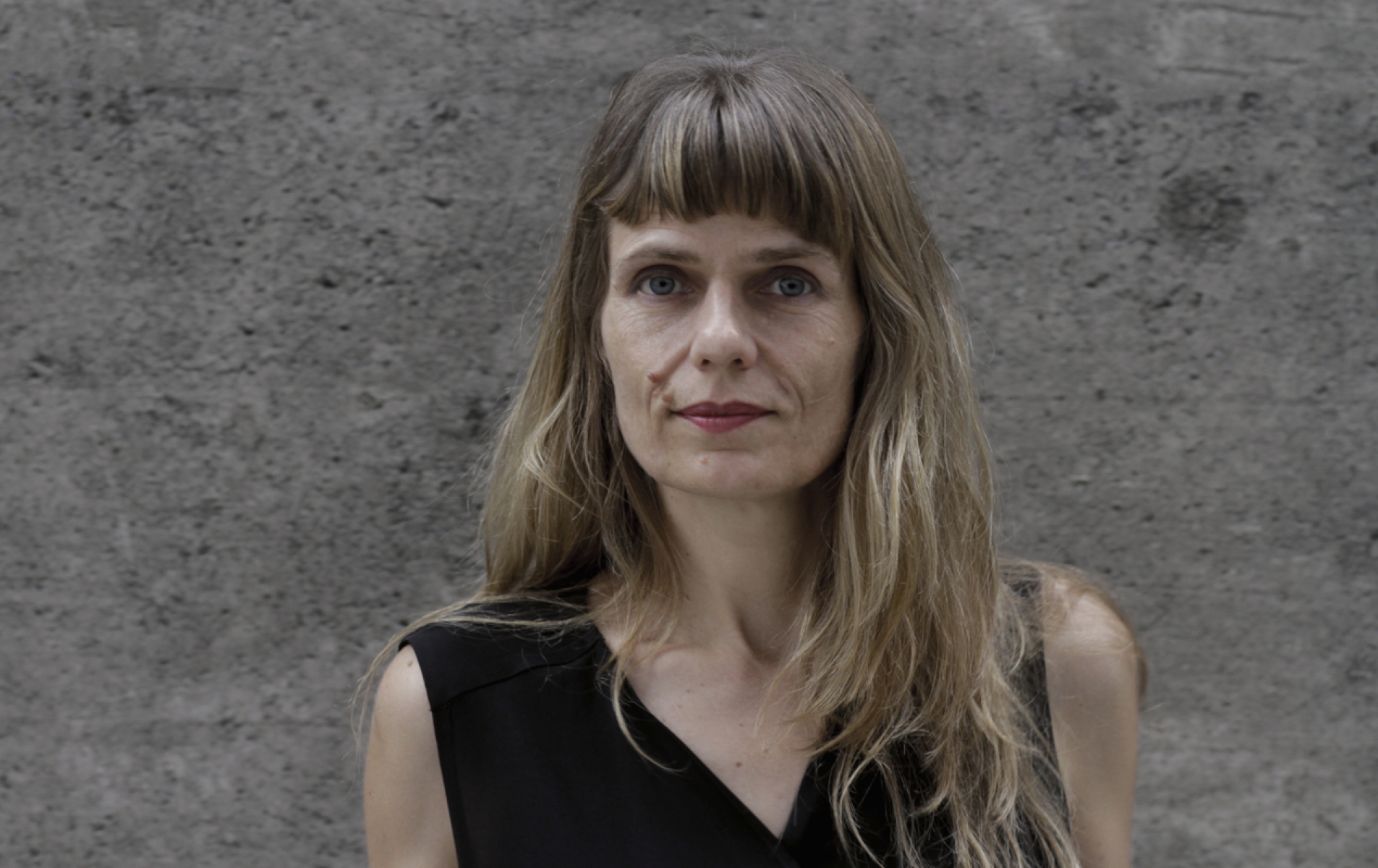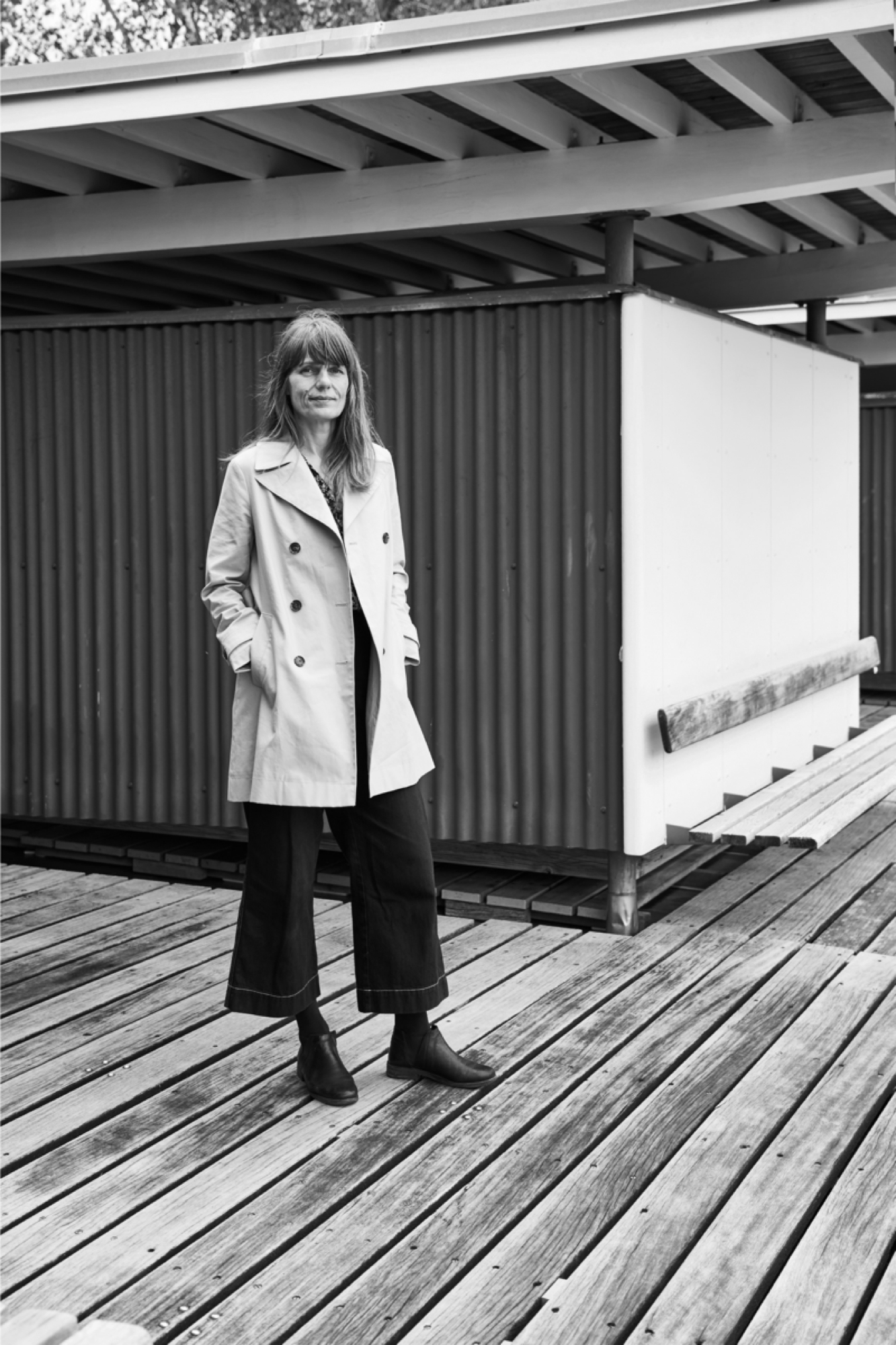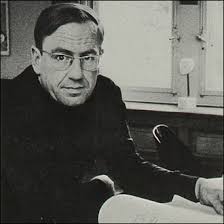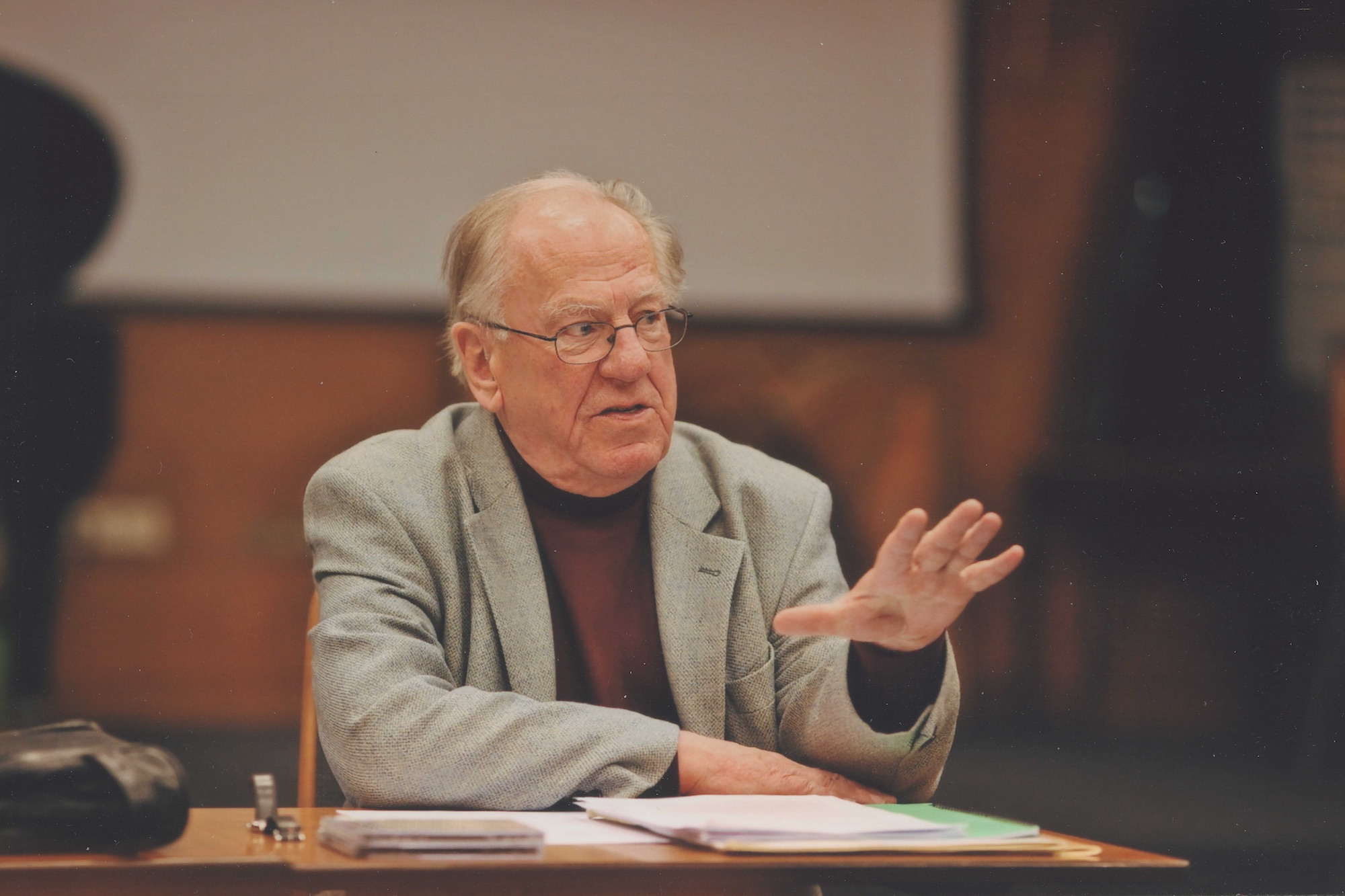The Swiss Music Prizes will be awarded for the tenth time in 2023: in addition to the main prize, won by jazz trumpeter Erik Truffaz, another 10 prizes and special prizes will be awarded during Musikfestival Bern on September 8. Neoblog portrays some of the contemporary music related prize winners, with Katharina Rosenberger, composer, professor of composition in Lübeck and co-director of the Zurich festival for contemporary music Sonic Matter, starting the series. Katharina Rosenberger works with cross-media combinations between music, text and image and usually also involves the audience in the performance processes. She is all about communication, dialogue and participation in contemporary music. An interview by Florian Hauser.
An interview by Florian Hauser.

Florian Hauser
To receive one of the prestigious Swiss music prizes is something special and testifies to how highly your work is appreciated. What about the appreciation of your work in everyday life? You have to do what you have and want to, which is not necessarily compatible with the masses. You don’t make blockbuster films… How does your audience react to your art?
I am always very touched when people approach me and react to my music. It’s people I don’t know or people who are not insiders, i.e. not musicians themselves. They often react very positively – mainly because they discovered something new. When they get involved with this new, unknown thing and are positively surprised, it makes me very happy. Actually, these are the ideal fans who come with an open mind and just want to listen… Of course, there are also moments when the audience reacts very ambivalently. From: ‘For God’s sake, what kind of piece was that!’ to: ‘Wow, that’s the greatest thing I’ve heard in a long time’.
Communication with the audience is very important to you per se. You interact with people, also involving the public in performance processes. Why?
Let me answer with an example: I called a duet (within a video opera that premiered at the Theaterspektakel Zurich) La Chasse. Two singers face each other at a certain distance. The audience sees them only in profile. And then the voices begin to chase each other. At first only with sounds like wah, wah, wah! Very abstract, very reduced. There is no melody and it’s not so easy to listen to. But when people from the audience came up to me and talked about the experience of how powerful these sounds were in the space, how much the bodies became part of the structure of the music, a light went on: The connections between sound and space, performers and audience are incredibly important. It is not primarily about the music itself, I mean, the self-sufficiency of the music, but it is really about dialogue and exchange with the audience as well as the environment.
Katharina Rosenberger, La Chasse von Katharina Rosenberger, instrumental-version by Landmann-/Stadler-Saxofonduo, recorded NYC 2018.
Can you tell us about another example?
The Urban morphology project, a walk-in concert installation that has music-theatrical elements and is also participatory. The audience is invited to actively participate. It’s about urban change: what happens, for example, when luxurious new buildings cause neighbourhoods we grew up in to disappear? When the place I feel I belong to suddenly no longer exists? In other words, places where there is room for so many memories: When that is wiped away, what happens to us? What happens when the architectural, social, sonic components structures we orient ourselves by are gone?
The public could decide how to move. Whether visiting a performance island first or rather watch a video, attend a normal concert situation with a very focused listening or ride a bicycle in an installation to generate electricity and light.
This way, the public could also have a say in how to put the different pieces of information together. In projects like this, I always notice how important the cross-media connections are between text and music, but also image and music, spaces, bodies. How spaces open up for the audience, where they can connect to situations related with their everyday lives. This always gives rise to new questions: how do I hear music, how is music performed? And new insights emerge, which is fascinating.
You are very communicative…
Yes, of course. I also really like to be in contact with the musicians I work with for longer periods of time.
There are composers and colleagues of yours, for whom it is perfectly sufficient to sit at a desk to compose and design structures. That was never an option for you?
Sure, one doesn’t exclude the other, does it? Of course, there are phases when I am extremely isolated. But when I deal with cities, I want to walk through the streets, get to know the people. To explore the core, the content of a project. For example, in the installation quartet – bodies in performance, where I only filmed the back muscles of four musicians. You can imagine that depending on the musical instrument you play, the many, many years of practising shape the back muscles quite differently. Each performance had its own image and only the back that was playing appeared. That was a completely new way for the audience to experience performance, by seeing sound through the muscles.
In Katharina Rosenberger’s sound and video installation The journey, the singers were also filmed from unusually close perspectives, Neue Vokalsolisten Stuttgart, directed by Lutger Engels 2020
In any case, it’s a long way to the result, a common path. But how do you come up with such ideas? You walk through the world with your aesthetic antennas wide open, and bang, a theme, a topic jumps out at you?
My common thread is the human being, be it the performer with his or her body, be it the audience with their ears, eyes and bodies. And what is it about? What is actually touching us? That is the question. What is the significance of music, even in times of crisis, or of reorientation? I’m not claiming that I as an artist present this in a groundbreaking way in my work, but it’s about questioning and exploring new sonic, pictorial situations. It’s about dealing with the moment. It’s not a must. An audience never has to do something mandatory, but I want to open the doors in order to make it possible.
Florian Hauser

Schweizer Musikpreise 2023:
Grand Prix Musik: Erik Truffaz
Swiss Music Prizes:
Katharina Rosenberger, Ensemble Nikel, Carlo Balmelli, Mario Batkovic, Lucia Cadotsch, Sonja Moonear, Saadet Türköz
Spezialpreise:
Helvetiarockt, Kunstraum Walcheturm, Pronto
broadcasts SRF Kultur:
Musikmagazin, 13.5.23, Schweizer Musikpreise 2023, Redaktion Florian Hauser, Café mit Katharina Rosenberger (ab Min 4:55)
SRF Kultur online, 11.5.23: Trompeter Erik Truffaz erhält den Grand Prix Musik, Redaktion Jodok Hess:
Musik unserer Zeit, 11.1.2023: Komponieren! Mit Katharina Rosenberger, Redaktion Florian Hauser
Musik unserer Zeit, 8.12.2021: «Sonic Matter» – ein aussergewöhnliches Musikfestival in Zürich, Redaktion Moritz Weber
Musik unserer Zeit, 8.8.2018: Shift – eine Begegnung mit der Komponistin Katharina Rosenberger, Redaktion Cécile Olshausen
neoprofiles:
Katharina Rosenberger, Swiss Music Prizes, Festival Sonic Matter, Ensemble Nikel, Kunstraum Walcheturm



